Linking OHADA and IFRS standards. The review of the OHADA accounting system symbol of the evolution towards IFRS standards was the foc
Extraits

Littérature française
Linking OHADA and IFRS standards. The review of the OHADA accounting system symbol of the evolution towards IFRS standards was the foc
04/2022

Droit
Activation Policies for the Unemployed, the Right to Work and the Duty to Work
06/1987
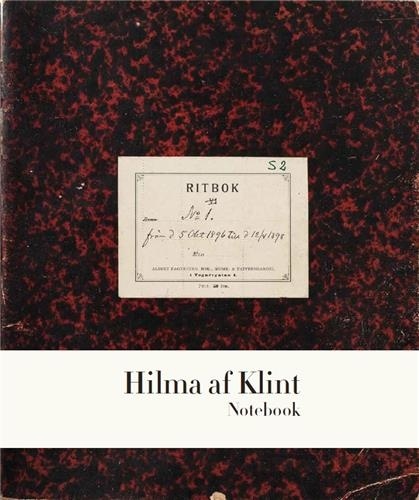
Monographies
Hilma af Klint. The Five Notebook 1
01/2022
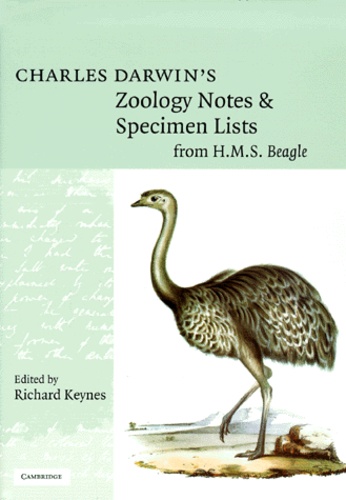
Histoire et Philosophiesophie
Charles Darwin's Zoology Notes & Specimen Lists from H.M.S. Beagle
01/2000
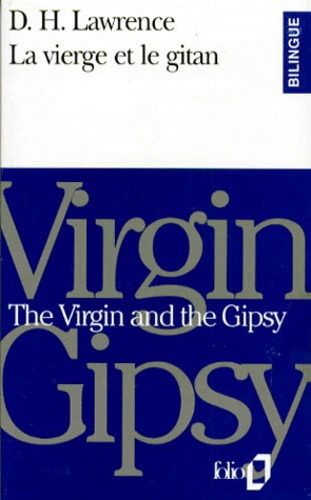
Anglais apprentissage
LA VIERGE ET LE GITAN : THE VIRGIN AND THE GIPSY
02/1993
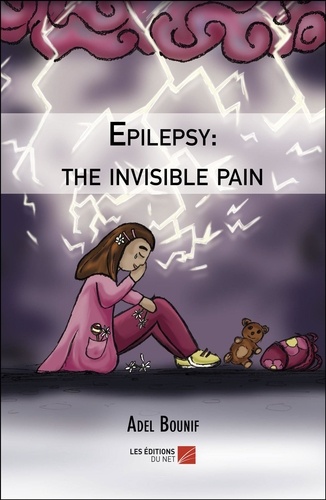
Poésie
Epilepsy: the invisible pain
01/2019
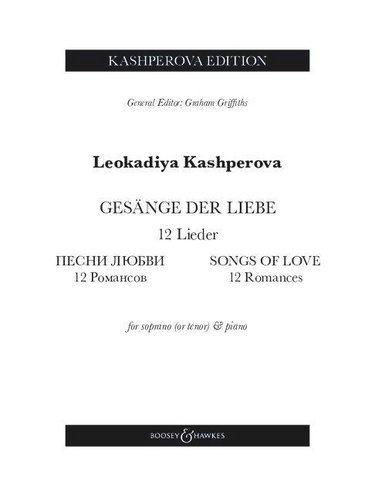
Musique classique
Songs of Love. 12 Romances. 12 Lieder. Soprano (tenor) and piano.
12/2023

Histoire et Philosophiesophie
The Undergrowth of Science. Delusion, self-deception and human frailty
01/2000

Sciences politiques
The Structure of Political Communication in the United Kingdom, the United States and the Federal Republic of Germany
11/1987
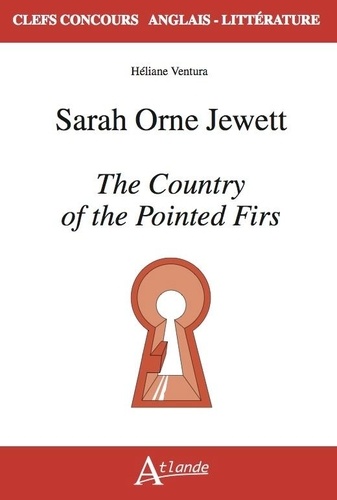
Divers
Sarah Orne Jewett. The Country of the Pointed Firs
04/2022

Lecture 6-9 ans
L'énigme du sabre. Edition bilingue français-anglais
06/2018

Non classé
The Concept of Man in Igbo Myths
11/1999
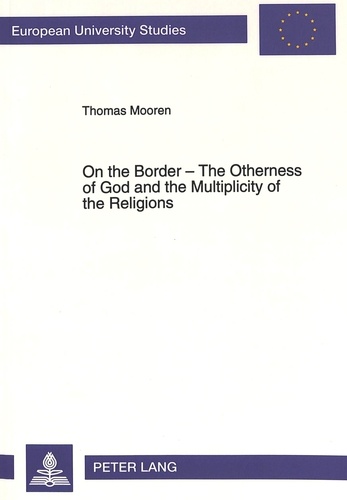
Histoire internationale
On the Border - The Otherness of God and the Multiplicity of the Religions
01/1994

Histoire et Philosophiesophie
Thinking about Physics
01/2000
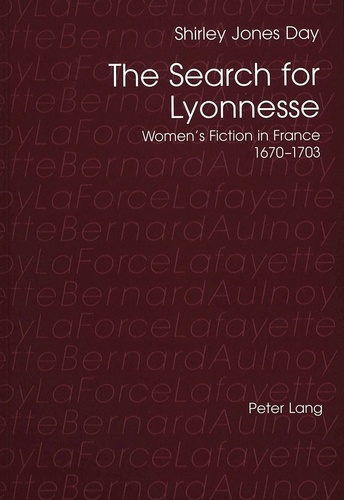
Non classé
The Search for Lyonnesse
07/1999
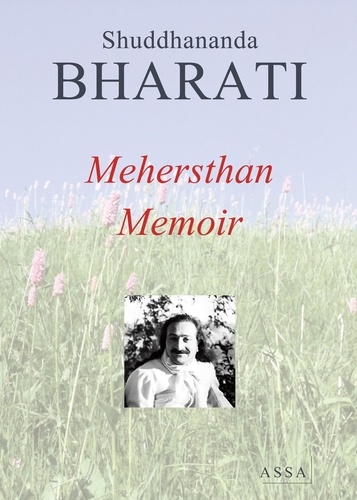
Littérature française
Mehersthan Memoir (Meher Baba)
07/2017
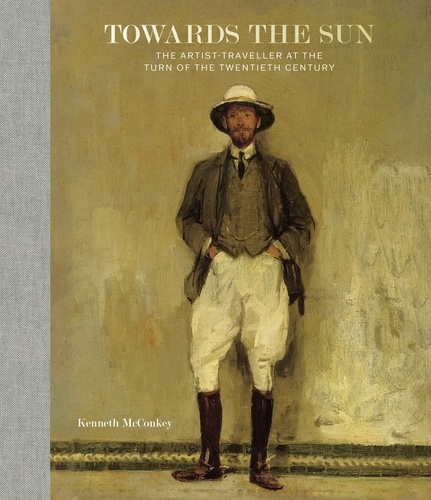
Monographies
Towards the Sun. The Artist - Traveller at the Turn of the Twentieth Century
11/2021

Religion jeunesse
The beautiful dolls of Julia are getting married. Numéro 22
10/2018

Religion jeunesse
The beautiful dolls of Julia are celebrating the assumption of the blessed virgin Mary. Numéro 15
05/2019
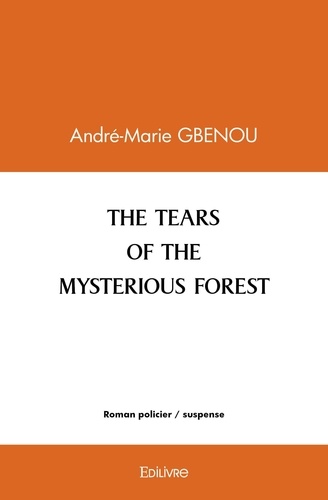
Romans policiers
The tears of the mysterious forest
12/2021

Histoire et Philosophiesophie
THE WOMAN WHO KNEW TOO MUCH. Alice Stewart and the secrets of radiation
02/2000
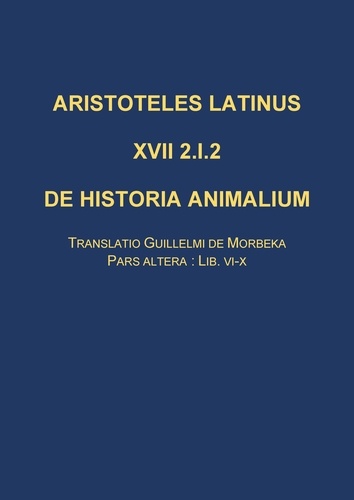
Aristote
De historia animalium. Translatio Guillelmi de Morbeka, Pars altera: lib. VI-X. Edition bilingue anglais-latin
05/2021

Tourisme étranger
Moroccan tracks Volume 11. The sagho djebel
08/2022
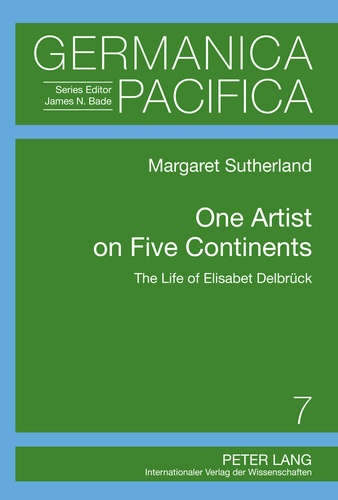
Histoire internationale
One Artist on Five Continents
12/2011
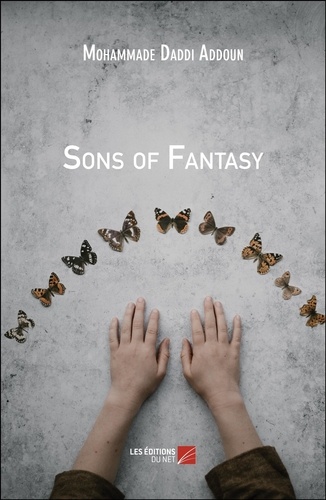
Littérature française
Sons of Fantasy
08/2018

BD tout public
I am GooGol - The Great Invasion
12/2010
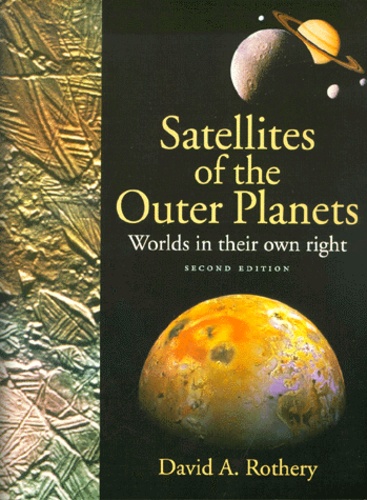
Sciences de la terre et de la
SATELLITES OF THE OUTER PLANETS. Worlds in their own right, Second Edition
01/1999

Gestion
Development Program Monitoring and Evaluation System Effectiveness
06/2019

Policiers
Goebius' Strange Model
01/2020

Littérature française
Les inventeurs. Essai
02/2017

